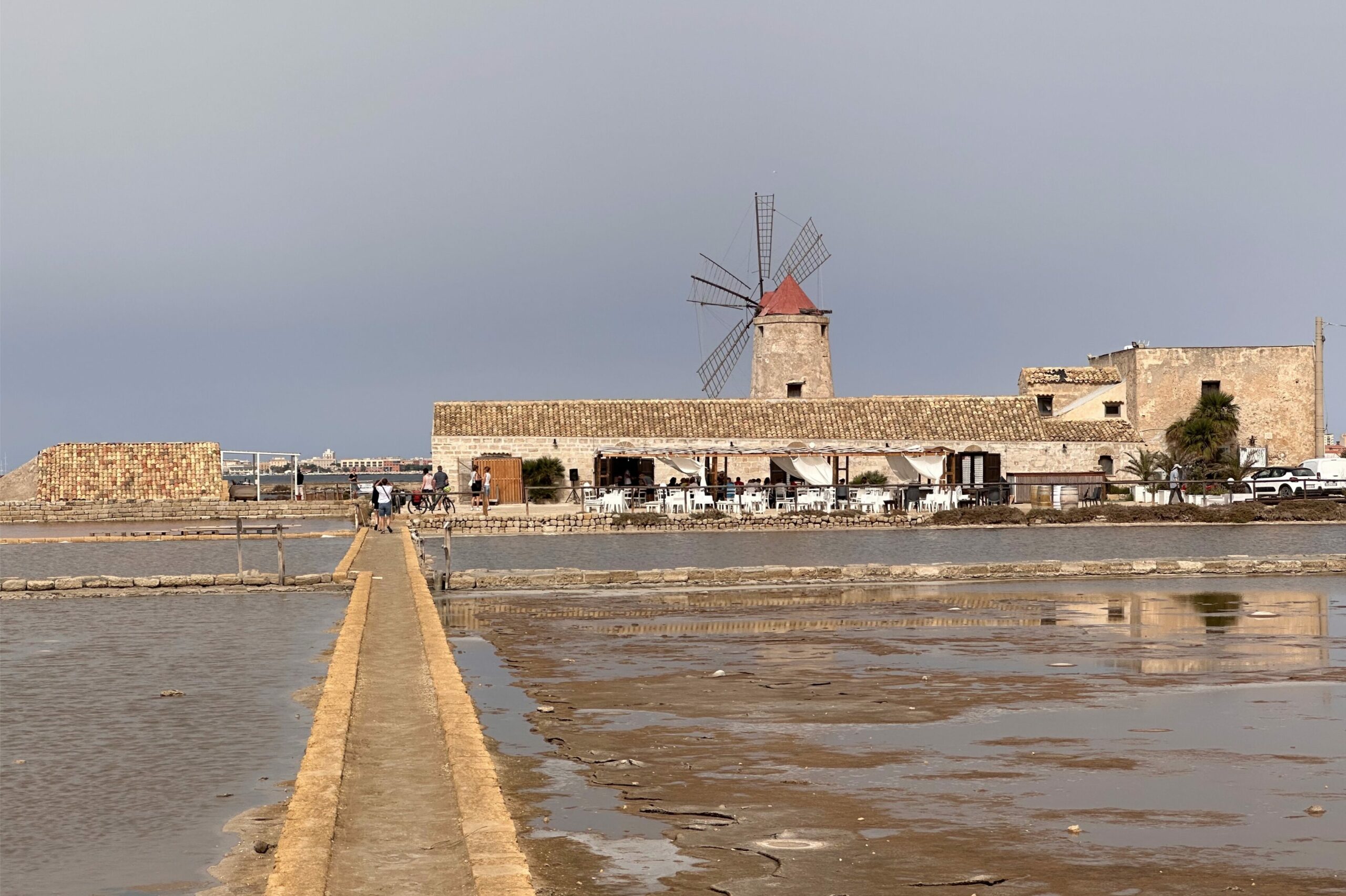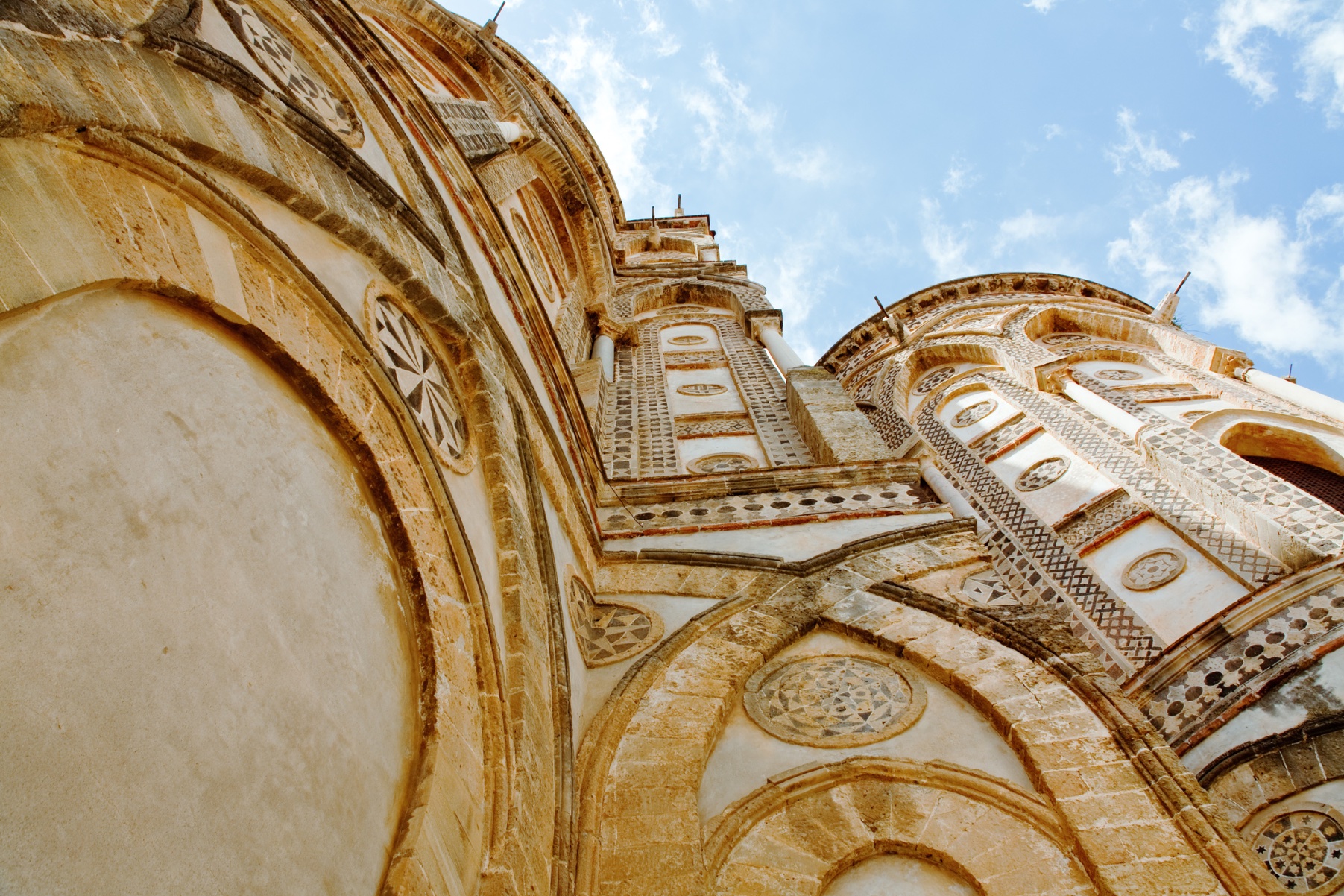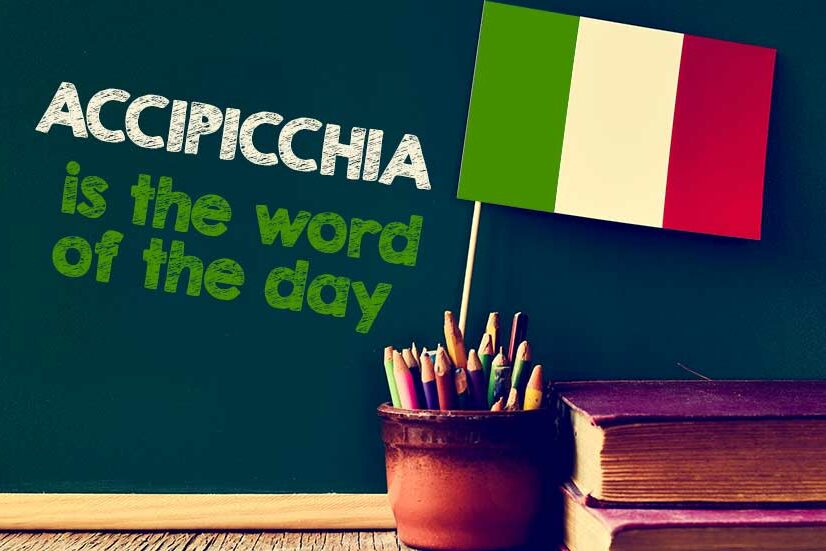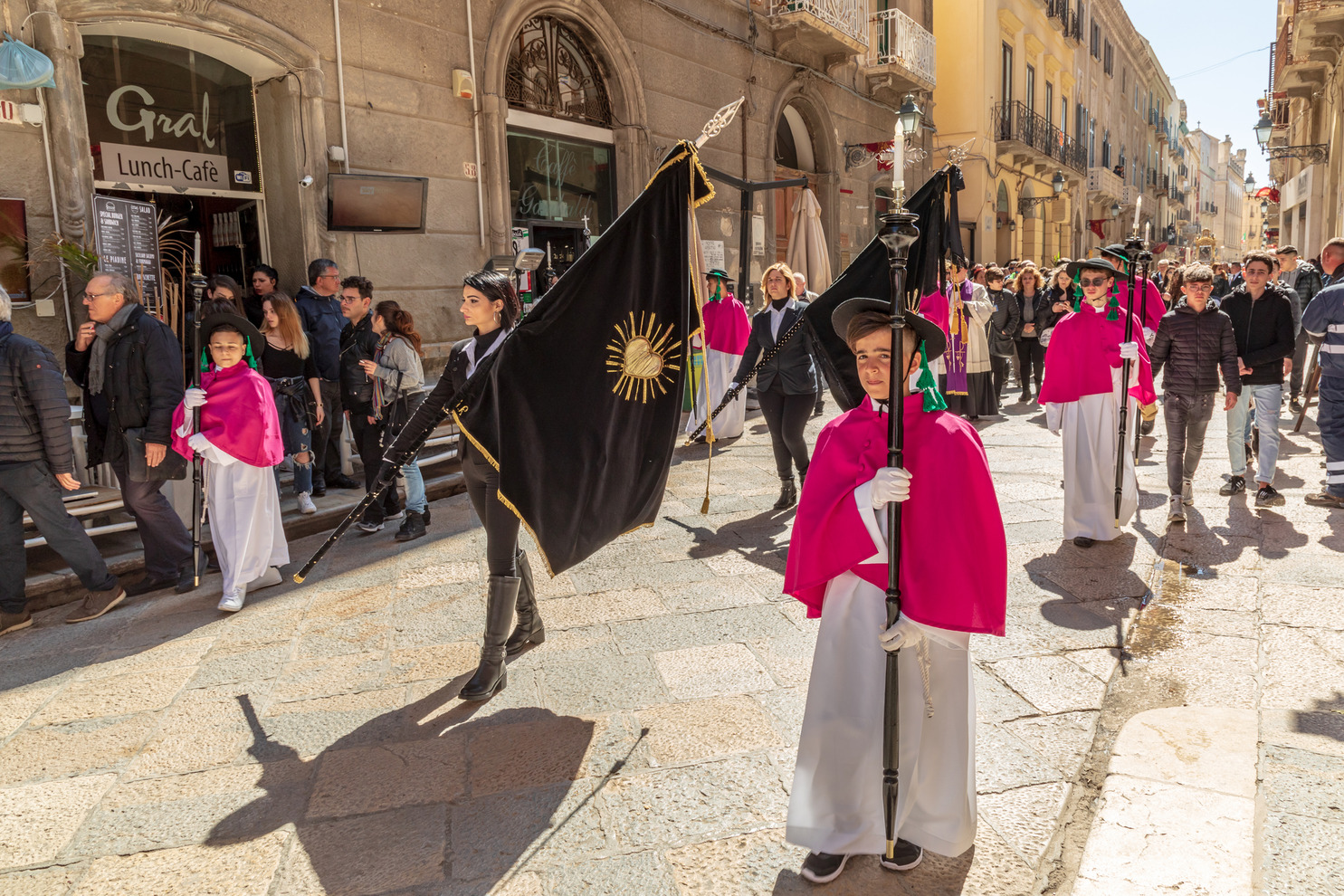Giglio Island – The first hazardous attempt to lift the Costa Concordia cruise ship upright – the greatest marine salvage ever in the world history – took place on Monday morning offshore from Giglio Island, in Tuscany. Yet, due to a night storm, the work of the 500 divers, technicians, engineers and biologists of the Titan-Micoperi consortium, an American-Italian partnership, started three hours later than the scheduled time.
The earliest phase of the operation was visible to the naked eye and filmed by video cameras from all over the world: it took two hours to pull the one meter-thick section of the hull covered by seaweeds out of water.
Engineer Sergio Girotto, project manager working for the Italian salvage company Micoperi, said: “In the beginning, the hull resumed its original shape, then it started to detach from the seabed where it had been lying for so long. We are carrying out all due inspections as we continue to lift the 6,000-ton load, which will decrease once the ship is placed on the artificial steel seabed.”
The so-called “parbuckling” operation, aimed at rotating the wrecked liner towards an upright position, involves lifting the Concordia off the rock shelf it has been lying on since it capsized in January 2012 causing 32 victims.
By now, the semi-submerged cruise ship has almost become an attraction for tourists, and it will take a few more months to remove it. Once upright, the Costa Concordia will be stabilized and towed away to be broken up for scrap, although this final step of the unprecedented recovery is not expected to be carried out until early 2014.
The total cost of the salvage and removal, around 600 million Euros, will be paid by the company Costa Cruises, the largest European cruise operator and owner of the Costa Concordia.
“This is an extraordinary operation that has never been performed before”, said Franco Porcellacchia, project manager at Costa Cruises.
The cruise ship was carrying about 4,000 people when it sunk, and its wreckage weighs around 114,500 tons which also represents a serious risk in terms of pollution. Therefore, it is essential to lift it and to minimize the environmental damage to Giglio Island. After that, the sea bottom will be cleaned and marine flora replanted. At the same time, new measures will be implemented to boost tourism and economic growth in the area.





























